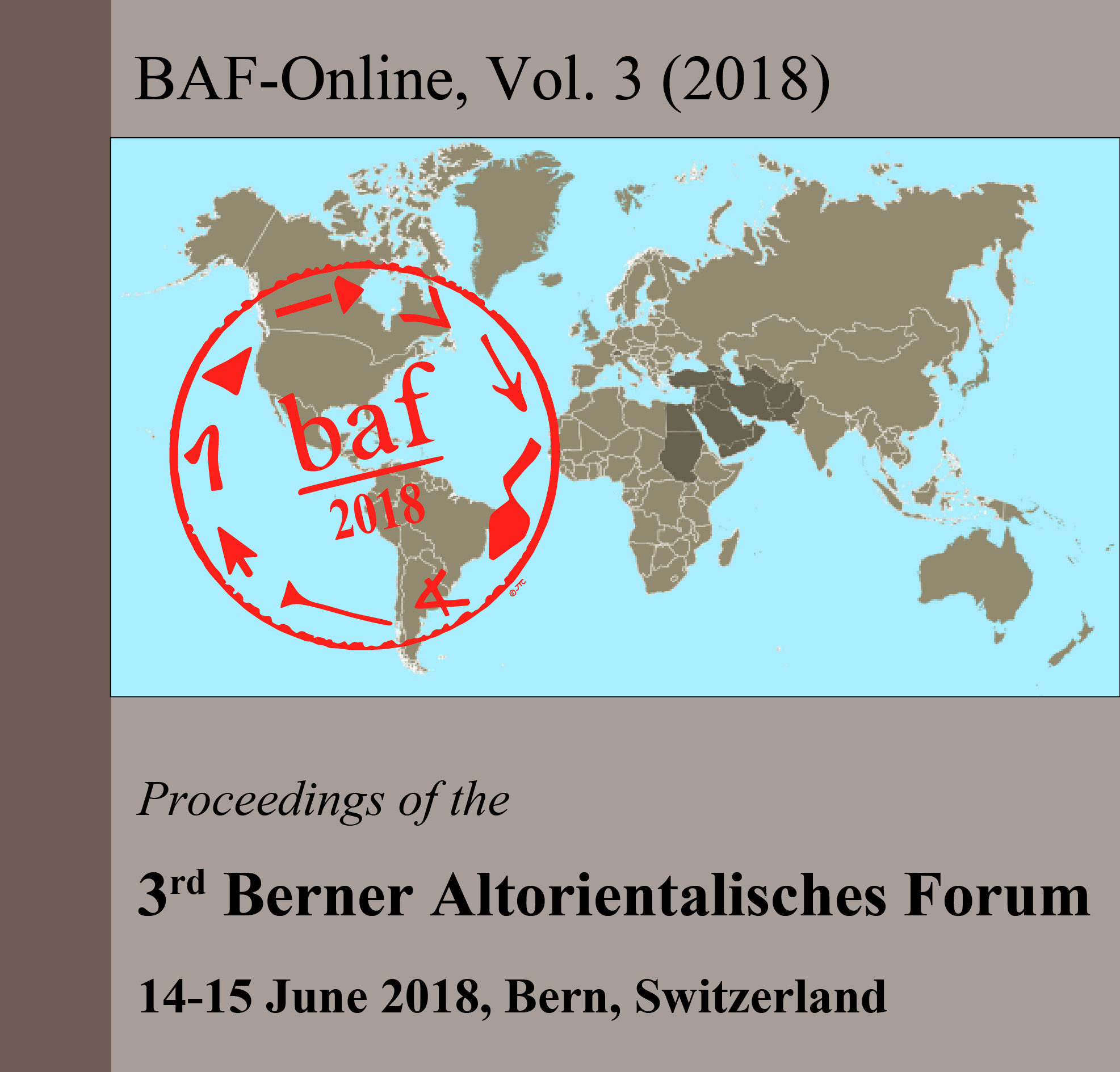The Characterization of Animals in Sumerian Fables
DOI:
https://doi.org/10.22012/baf.2018.07Abstract
Although classical education is waning and general historical knowledge is at its nadir, many ancient fables are still widely known and commonly cited in spoken language. For example, Aesop’s fable The Boy Who Cried Wolf has resulted in the phrase “crying wolf,” which—even today—is a cultural shorthand for expressing the idea of raising a false alarm. The successful communication of this idea, however, rests on culture: the shared understanding of the wolf as dangerous. If we thought of wolves as we do pet dogs, the reference would be lost.
Fables constitute a subgenre of ancient Near Eastern ‘wisdom literature;’ they are short narratives utilizing anthropomorphized animals to impart conventional wisdom. Like proverbs, fables “belong to the speech of everyday life” (Alster 1997). Perhaps for this reason, they were among the first compositions that young scribes learned to write in ancient Mesopotamia. Sumerian fables are attested as early as the mid-third millennium BCE. Much like written language itself, fables traffic in tradition and “habitual connection” (Peirce 1885) in order to convey their meaning. This meaning is so strong that it can be carried even via elliptical (truncated) renderings, as in the example of “crying wolf.” This shorthand is possible, in part, because animals are not just things themselves, they are loaded with symbolic meanings that are imparted in fables via their role, their actions, and the words they speak. In fables, animals are characters, and these characterizations can reveal the context and values of the culture that created them.
As Falkowitz (1980) notes, consistently and extensively employed animal images can become culturally ingrained as rhetorical topoi: the fox is cunning, the bee is busy. The meaning in these images” is derived from their characteristics, which fables can uniquely elucidate for us. Through the understanding that fables provide, we can more successfully “read” both the elliptical references to animals in proverbs and in images. Moreover, understanding animals in this way can provide us a method to access the contexts and values of ancient Mesopotamians without privileging our contemporary, Western symbolic or ethical norms.
I will provide an overview of the small corpus of available Sumerian fables and analysis of the roles of the animals characterized within them. These will be linked to Sumerian proverbs and compared to ancient Greek fables to form a starting point for conceptualizing fauna in the ancient world.
Published
Issue
Section
License

This work is licensed under a Creative Commons Attribution 4.0 International License.



